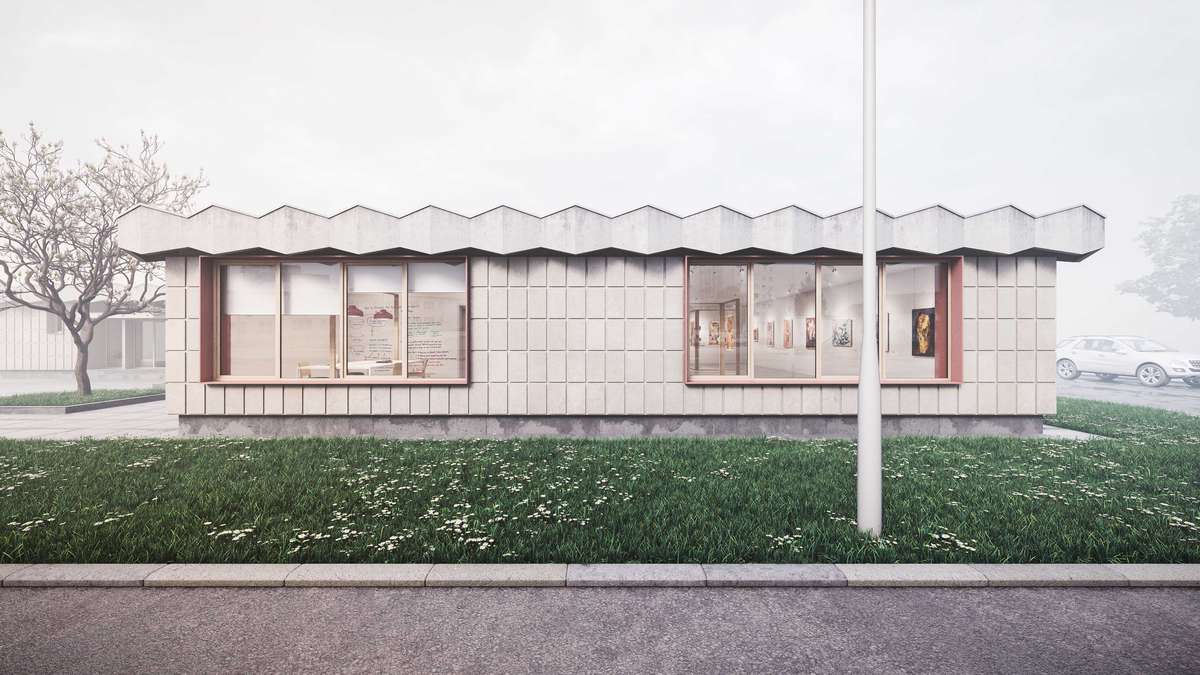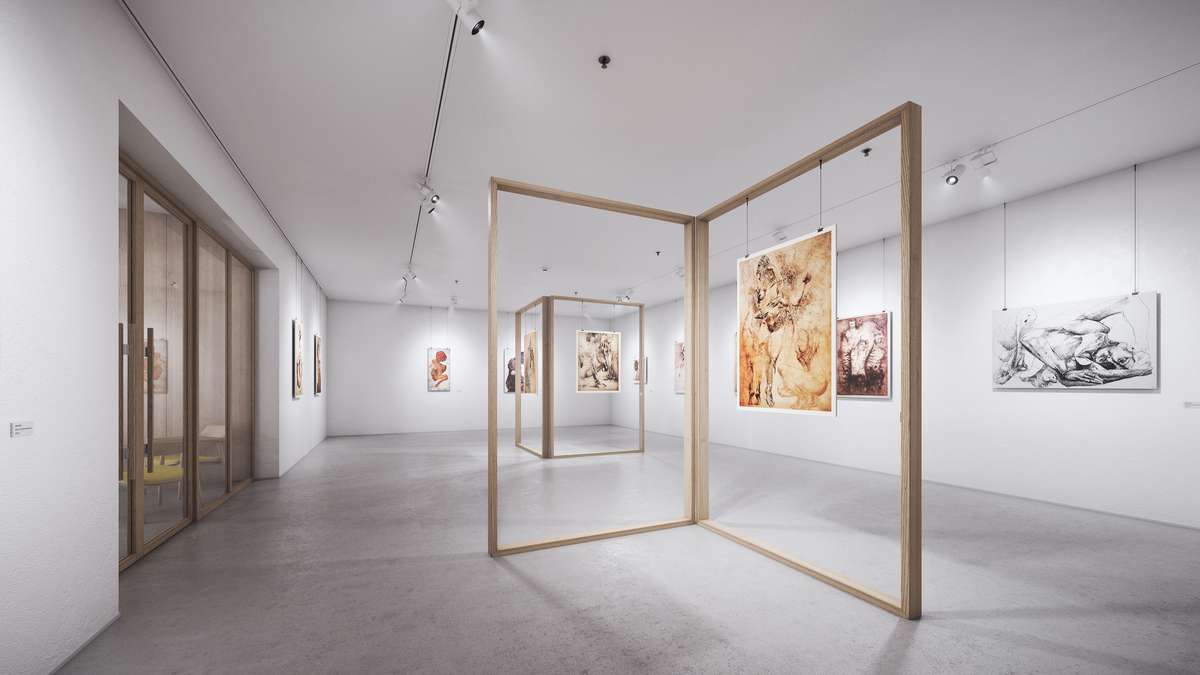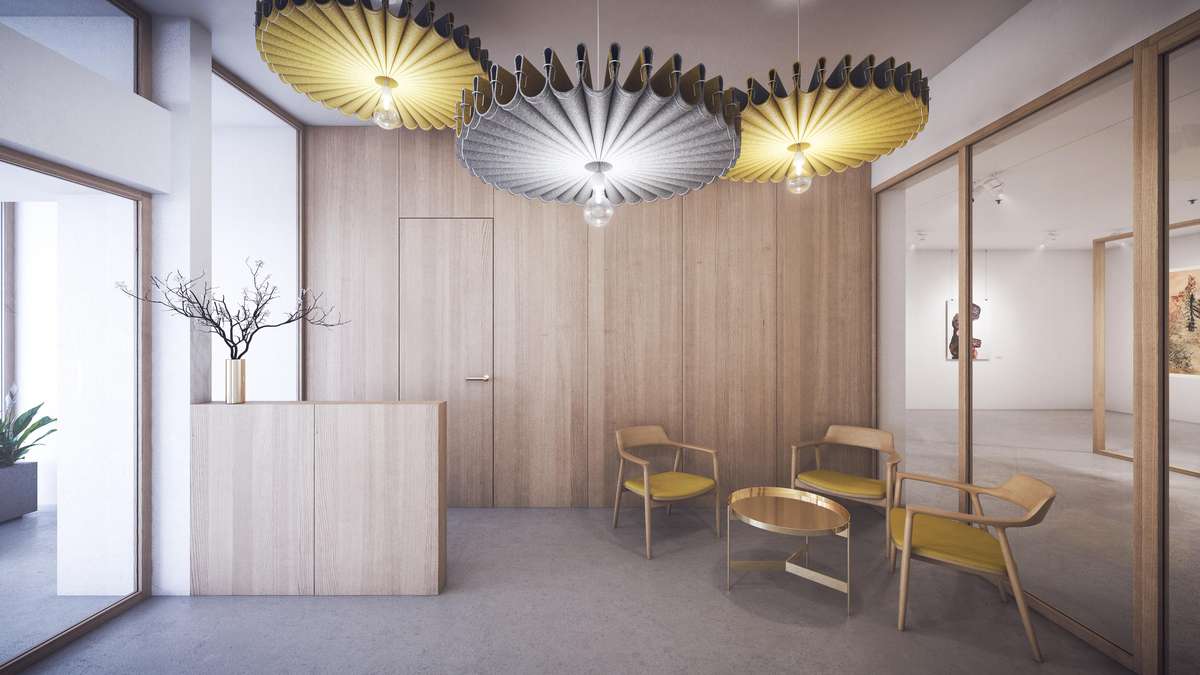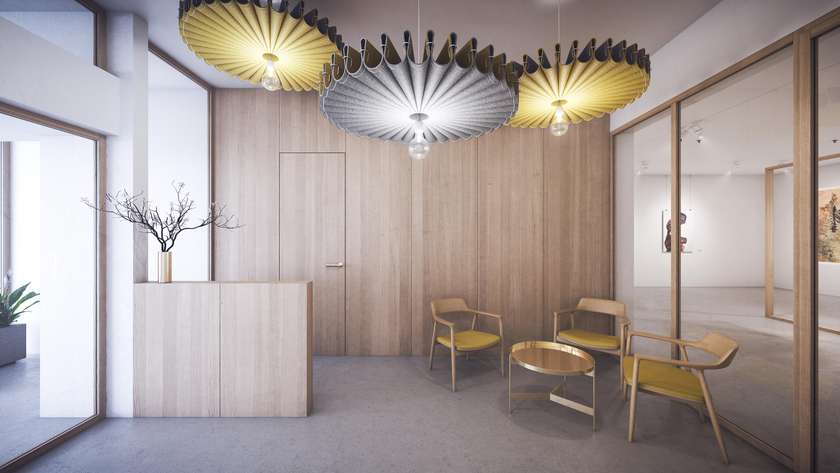Idea by
Ena Kukić and Dinko Jelečević
Ena Kukić
Call for ideas 2020
Remembering Future
Remembering Future

- Site-specific cases
"It is not only about reusing mere physical structures, but about preserving and continuation of the collective memory of certain building." (from the Jury Statement / KRAK won Collegium Artisticum National Prize for the best Idea)
Formerly a place for workers to socialize and emancipate, then a transitional ruin, and in recent years an alternative site of cultural activism, KRAK now becomes an incubator for the new activities of the Bihać community.
This multidisciplinary project brought together art historians, architects, civil engineers and graphic designers to articulate the new identity and purpose of the building that system has failed but society has spontaneously recognized in recent years.
With its architectural activation, the building contributes to the practice of resisting the cultural devaluation in Bosnian post-transitional society and becomes a new space for much needed social engagement, striving to inspire management of neglected industrial heritage.

Rendering: main facade;
*Recognizing the value of the stone facade cladding (local bihacit stone) and the concrete frieze as the bearer of the building's character; complementing them with redesigned openings whose division scale will counteract the fine stone cladding

Rendering: gallery;
*This gallery space is the bearer of the new identity of the object, and its concrete floor extends throughout the rest of the building, reflecting that identity elsewhere. Simple lighting and exhibit solutions are complemented by wooden frames in an attempt to create inner micro spaces. These exhibition frames seek to translate the facade openings into the interior language, symbolically pointing to windows in the art world.

Rendering: foyer;
*Spatial organization supplements a clear indigenous layout of the premises, and connects the three blocks of the building with the central reception and foyer area. This core of KRAK is visually characterized by the overwhelming presence of wood, while the former identity of the textile industry is reinterpreted by the textile luminaries of strong forms that connect the undecorated space beneath.
Remembering Future
Remembering Future

- Site-specific cases
"It is not only about reusing mere physical structures, but about preserving and continuation of the collective memory of certain building." (from the Jury Statement / KRAK won Collegium Artisticum National Prize for the best Idea)
Formerly a place for workers to socialize and emancipate, then a transitional ruin, and in recent years an alternative site of cultural activism, KRAK now becomes an incubator for the new activities of the Bihać community.
This multidisciplinary project brought together art historians, architects, civil engineers and graphic designers to articulate the new identity and purpose of the building that system has failed but society has spontaneously recognized in recent years.
With its architectural activation, the building contributes to the practice of resisting the cultural devaluation in Bosnian post-transitional society and becomes a new space for much needed social engagement, striving to inspire management of neglected industrial heritage.

Rendering: main facade;
*Recognizing the value of the stone facade cladding (local bihacit stone) and the concrete frieze as the bearer of the building's character; complementing them with redesigned openings whose division scale will counteract the fine stone cladding

Rendering: gallery;
*This gallery space is the bearer of the new identity of the object, and its concrete floor extends throughout the rest of the building, reflecting that identity elsewhere. Simple lighting and exhibit solutions are complemented by wooden frames in an attempt to create inner micro spaces. These exhibition frames seek to translate the facade openings into the interior language, symbolically pointing to windows in the art world.

Rendering: foyer;
*Spatial organization supplements a clear indigenous layout of the premises, and connects the three blocks of the building with the central reception and foyer area. This core of KRAK is visually characterized by the overwhelming presence of wood, while the former identity of the textile industry is reinterpreted by the textile luminaries of strong forms that connect the undecorated space beneath.